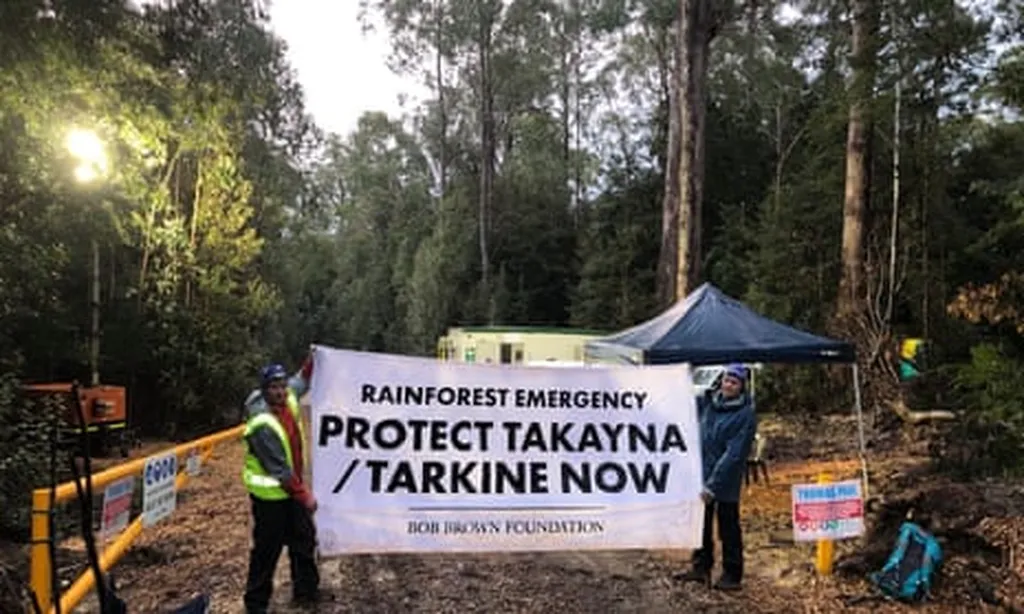In the heart of China’s mining industry, a pressing challenge looms large: what to do with the vast amounts of tailings, the industrial byproducts left behind after processing ores. These tailings, according to Lingyun Fei, a researcher at the College of Metallurgy and Environment at Central South University, constitute the largest volume of industrial solid waste in the country. The sheer scale of the problem is staggering, with high production and emission levels leading to significant resource waste and environmental pollution.
Fei’s recent paper, published in the journal *能源环境保护* (translated to *Energy Environment Protection*), sheds light on the current state of tailings resource utilization and the pressing need for ecological solutions. The paper highlights that while mining enterprises have intensified their tailings management in recent years, driven by government policies, the comprehensive utilization rate of tailings has been on the decline. This poses new challenges for the industry, particularly in light of China’s “carbon peak and carbon neutrality” initiative and the “14th Five-Year Plan.”
The primary methods of tailings utilization include using them as mining backfill and construction materials. However, Fei points out several key issues that hinder the effective utilization of tailings. “Technical barriers, ambiguous technical standards, and the low market competitiveness of products derived from tailings contribute to the low comprehensive utilization rate,” Fei explains. These challenges underscore the need for innovative solutions that can transform tailings from a liability into a valuable resource.
One promising avenue is the ecological utilization of tailings. Fei’s research focuses on soil improvement and ecological restoration, comparing the properties of tailings as substrates with those of conventional soil. The challenges are significant, including adjusting pH, nutrients, and physical properties, as well as managing pollutants within the tailings. However, Fei suggests that physical, chemical, and biological remediation methods can help overcome these hurdles.
The commercial implications for the energy sector are substantial. Effective tailings management can alleviate the pressure of solid waste disposal, reduce environmental pollution, and contribute to the green and low-carbon transformation of waste-producing industries. This aligns with the broader goals of sustainable development and the circular economy.
Fei’s paper proposes a synergistic strategy that integrates tailings resource utilization with ecological restoration. “Enhancing technological innovation and establishing robust standards are urgently needed to expedite the comprehensive utilization of tailings,” Fei emphasizes. This approach not only addresses the immediate challenges of tailings disposal but also paves the way for future developments in the field.
As the mining industry grapples with the complexities of tailings management, Fei’s research offers a roadmap for a more sustainable and ecologically sound future. By leveraging technological innovation and robust standards, the industry can transform tailings from a burden into a valuable resource, contributing to the broader goals of environmental protection and sustainable development.

